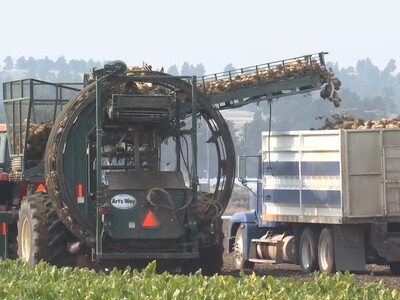Increased Steelhead Runs
Wild steelhead abundance data from this year is headed the right direction after a series of poor return years. Each year, Fish and Game biologists monitor adult steelhead returning to a number of Idaho tributaries they were born in so they can estimate how many fish are producing the next generation of wild steelhead. Biologists monitor adult steelhead using PIT tag arrays (Wiring the Potlatch River ) and at weirs (Fish weirs: Old technology is still a crucial tool for today's biologists ).Since 2015, most drainages in Idaho that are monitored for wild steelhead returns have seen a steady decline in adult steelhead. Fish and Game biologists have been monitoring adult steelhead returns as far back as the early 1990s in some of these places. What continues to encourage biologists about steelhead is how resilient they are because of their diverse life histories and how that allows them to persist despite poor environmental conditions.
During spring, biologists have recorded an increase in adult steelhead at PIT tag arrays and weirs across the state. The Lochsa River, where Fish and Game operates a PIT tag array on the main stem river and a weir on Fish Creek (tributary to the Lochsa River) provides a good example of what has been observed this year.
In the figure below, the blue line indicates PIT-tag detections of wild adult steelhead on the Lochsa River array compared to previous years. In the past four years (2017-2020), there have been a total of 437 wild adult steelhead detected on the Lochsa River PIT tag array. On average, 77 wild steelhead were detected annually on the Lochsa River PIT array between 2018 and 2020. So far, 181 have been detected this spring of 2021, a definite improvement from the last few years.















